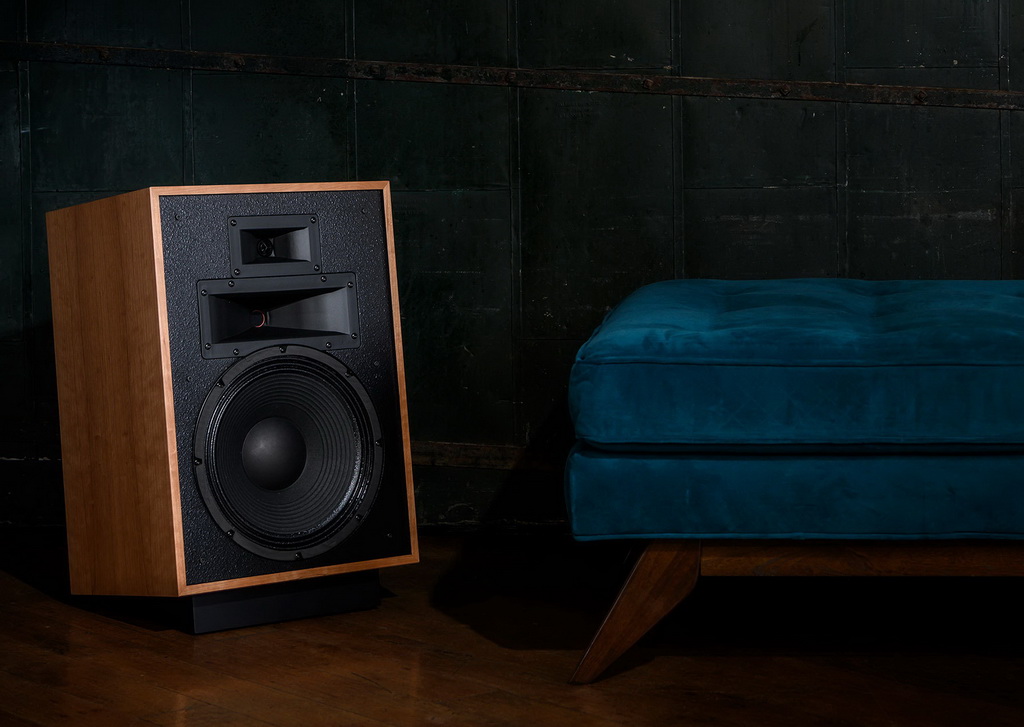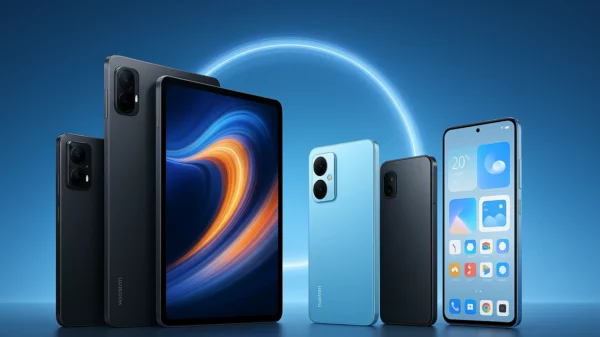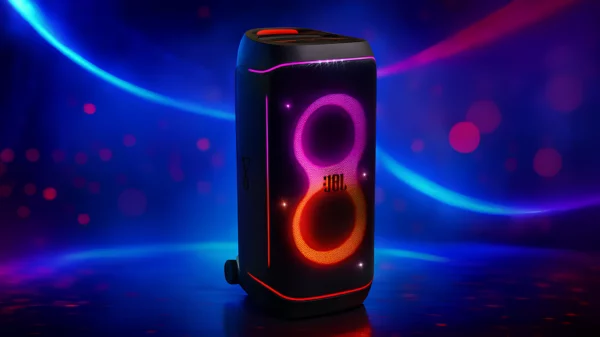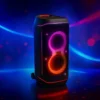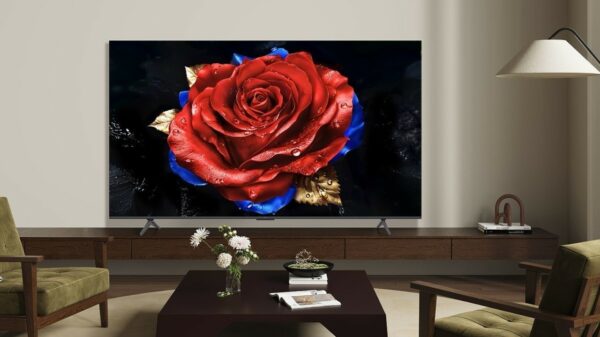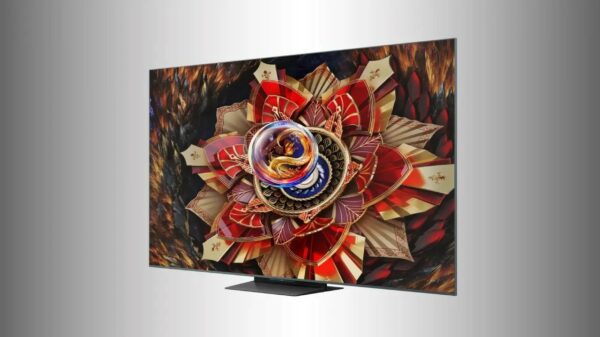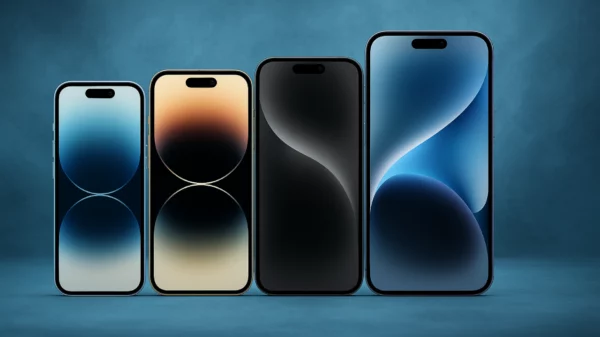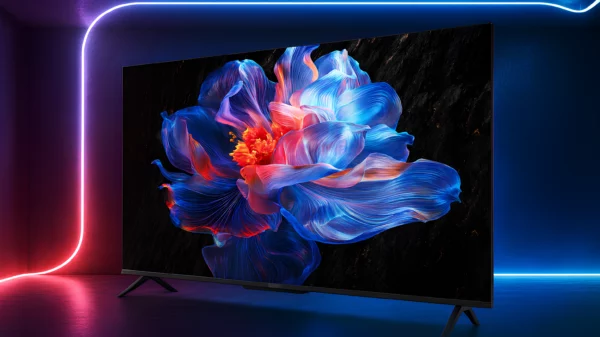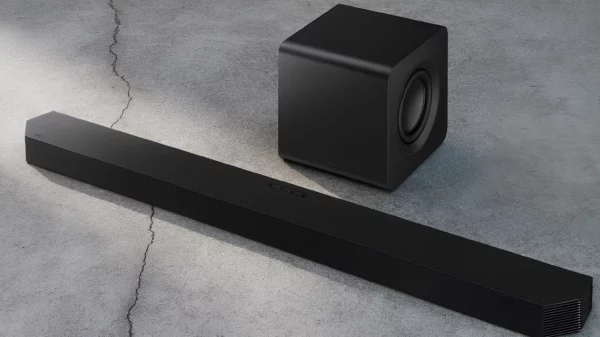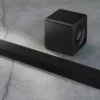The Klipsch Heresy IV is equipped with the new K-702 compression midrange driver, which features a polyamide cone for even higher sound fidelity. The midrange driver is housed in a modified Tractrix® horn, which provides a wider pickup pattern for even sound distribution throughout the listening room. The K-107-TI titanium diaphragm tweeter features a new phase plug for more even sound distribution and a wider listening experience.
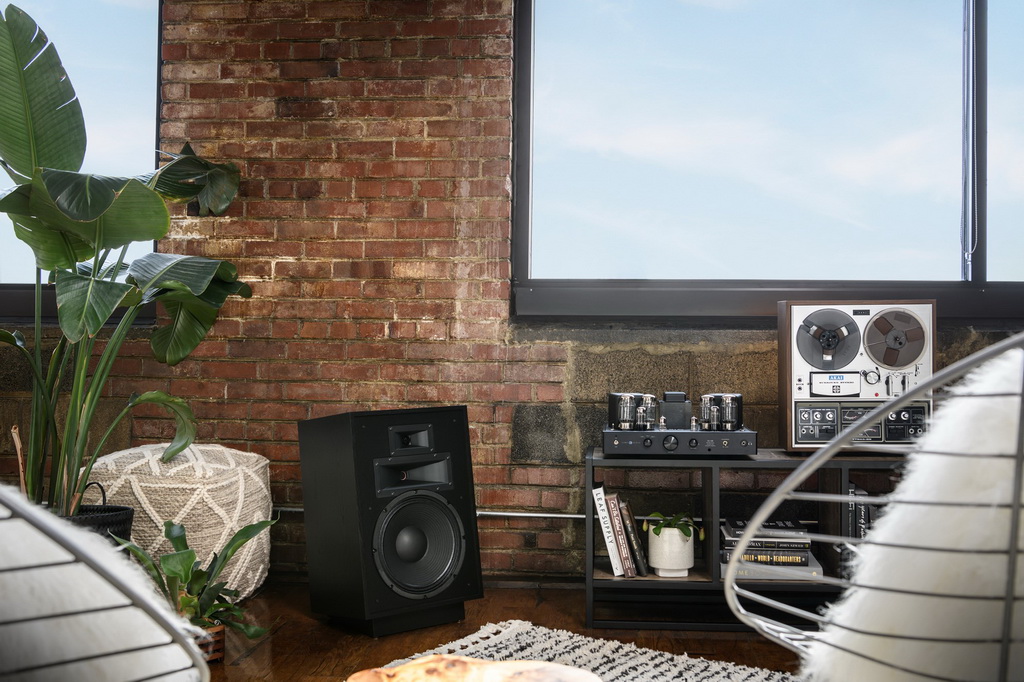
The Klipsch Heresy IV speakers also have a new crossover, made from selected components in an optimized design – for live sound and increased maximum power input. This crossover is similar to that used in the legendary Klipschorn, La Scala and Cornwall speakers.
And finally, for the first time in the history of this model, the Klipsch Heresy IV speakers are equipped with a bass reflex, which made it possible to further expand the bass range by 10 Hz. Using the Tractrix geometry for the Klipsch Heresy IV bass reflex, airflow is efficiently and quickly delivered, thereby reducing noise and improving bass focus. The Heresy IV entrance block is mounted on a high-end aluminum panel. Two pairs of terminals provide the ability to connect speakers using Bi-Amping or Bi-Wiring.

The internal wiring in the speakers is made with premium Audioquest cable, a mono-conductor of high purity oxygen-free copper and a combined dielectric with internal nitrogen filling. Each pair of speakers has an identical natural wood veneer finish so that one speaker does not differ from the other. Both columns are manufactured at the same time and have sequential serial numbers to ensure they are fully consistent. Like all Heritage loudspeakers, the Klipsch Heresy IV is entirely manufactured at the Klipsch plant in the USA.
Review from the Klipsch Heresy IV SalonAV portal
The first version of the Heresy, designed by Paul Klipsch himself, appeared in 1957, and at the beginning of this year the company announced the release of its fourth generation. With all the changes made, this is still a real American classic – a huge paper woofer plus midrange and HF drivers in horn design.
The Heresy, along with Voice of the Theater, La Scala and Klipschorn, is part of the Klipsch range of speakers that have become a true symbol of American sound at the time. In the 50s, the company rapidly conquered the world market – the acoustics, despite the rather high price, were well sold out. Two important principles converged in it: an understanding of how music should be reproduced, and a competent engineering calculation to implement this understanding in hardware. And yes, the early models were designed by the founder of the company, Paul Klipsch, in an effort to make them as simple, solid and reliable as possible.

However, the same can be said about modern products, in particular, the Heresy IV, the unconditional bestseller of Klipsch, but already in the fourth generation. As befits the heirs of classic American systems, it has an extremely high sensitivity by today’s standards – 99 dB. Here it would be possible to write a standard phrase that such speakers can play well with one or two watt single-ended tube tubes, but the manufacturer recommends amplifiers with a power of 100 to 400 watts in the specifications. Why – we will try to figure it out in the course of listening.
Heresy systems have always been three-way systems, so they remain in the modern version. The woofer in the speakers has a 12-inch cellulose-fiber composite cone and a reinforced magnet system. The low mass of the moving system and the high force factor made it possible to achieve such a high sensitivity. To increase the rigidity, concentric projections are made on the surface of the diffuser. The driver works on a proprietary bass reflex with a patented Tractrix configuration, which prevents the occurrence of turbulent air flows. A wide rectangular port leads to the lower part of the rear wall of the case. The lower cutoff frequency of the Heresy IV is 48 Hz (-3 dB).
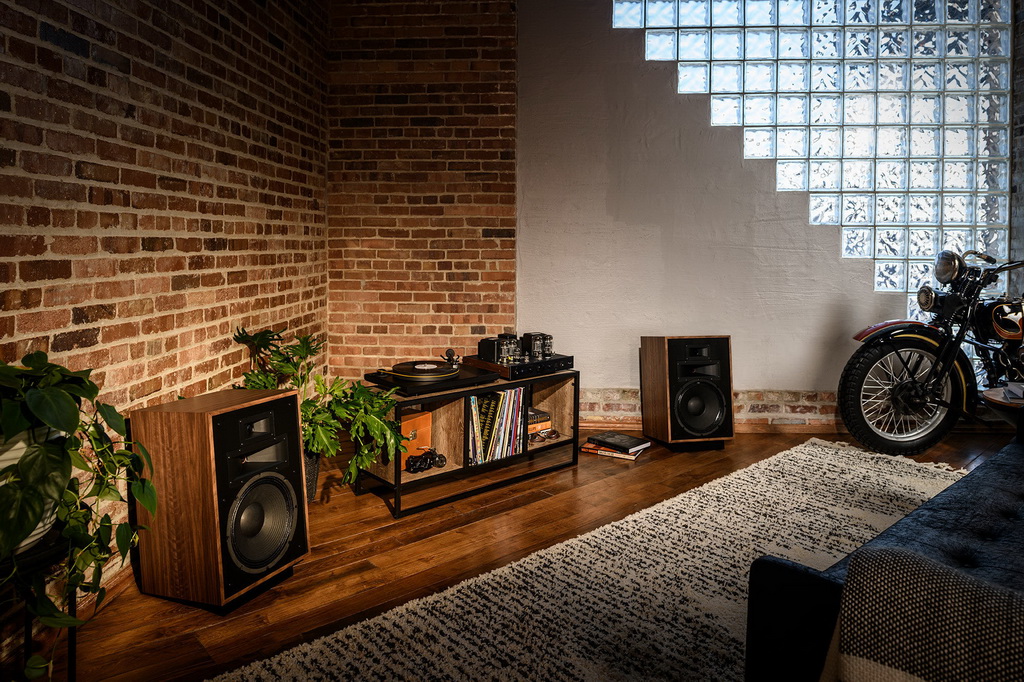
The Tractrix profile is also used for horn design for mid and high frequency radiators. The K-107-TI compression tweeter with an inch titanium diaphragm operates from 4.5 to 20 kHz. The linearity of the frequency response at large deviations from the acoustic axis is set not only by the throat of the horn, but also by a three-beam divider installed in front of the diaphragm. It eliminates the interaction of reflections from the horn walls and, accordingly, the resulting frequency notches.
The diaphragm of the new K-702 compression mid-range is made of polyamide. It is covered with a tiny cloth boot. Its horn design also features a Tractrix profile that expands its directivity. The 45mm midrange driver operates linearly from 850 to 4500 Hz, i.e. one band captures most of the musical instrument spectrum.
New high-slope crossovers have been developed for the Heresy IV. They are designed for serious power input and are built on the same principles as the older Klipschorn, La Scala and Cornwall models. The circuit uses selected components of the audiophile class, the installation is made in such a way as to minimize the path of the audio signal. Internal wiring is made of high quality mono-conductor AudioQuest Type 4 from long crystal copper in carbon insulation. Two pairs of wide jumper terminals allow bi-wiring.

The Heresy IV’s hulls are still handmade in the small town of Hope, Arkansas. When installed on the floor, the speakers tilt back thanks to the beveled base – a classic trick for eliminating time lags with three different drivers. The base is removable, so the speakers can be placed on stands, podiums, etc. There are four finishes: American walnut, matt black, natural cherry, bleached oak. The grill made of fabric with a large texture harmoniously complements the vintage proportions of the bodies.
I have always liked acoustics with a wide front shield – the old school rarely disappoints with its sound, and the Klipsch Heresy IV is one of its brightest representatives. In my opinion, the main improvement achieved in the fourth generation of the model was the transformation of a typical horn color into some kind of special warmth, spectral richness of sound. Horns in the system are always audible, but very rarely they fit so harmoniously as in this case. Still, a competent calculation of the profile for specific drivers means a lot. In particular, the absolutely live sound of voices and acoustic instruments, especially strings. On chamber jazz recordings, there is a complete feeling that the barrier between the listener and the musicians has disappeared, each sound is literally imprinted in the mind. We listened to vinyl – how else to test the speakers, which prototype was created in the mid-50s? And it turned out to be a very strong combination in terms of emotional perception – a real journey through time.

A low and rather fast bass fits perfectly into the overall picture, after all, the paper is 12 inches, and even with a bass reflex (previous versions of Heresy had a closed design), this is a strong combination. And this “non-rubber” bass becomes a logical continuation of the slightly warmed up middle, and no matter what disc you put on the player, everything sounds lively and interesting. The high sensitivity of the speakers makes the sound light and detailed. The main thing is that modern electronic music sounds juicy, with drive, a good sharp beat.
The upper range is clear, washed out and absolutely not intrusive. But when installing the speakers, you need to keep in mind that due to the flat shape of the horns, the vertical diagram at the treble and midrange is not as wide as the horizontal one, so you have to experiment with positioning in height. In other respects, if you listen while sitting, the standard tilt of the cases is quite enough.
There are no questions about the width of the soundstage, it will depend only on the distance between the speakers. The details of the sound picture of the Klipsch Heresy IV are drawn clearly, the proportions in the sizes of the sound sources are observed. The vocals are rich, literally voluminous, with powerful filling. Opera singers, rock vocalists sound impressive.

Despite the sensitivity of 99 dB, these speakers need a decent current to fully reveal the dynamic potential. We listened to them in turns with two integrals – the Parasound HINT 6 and the Magnat RV4. In the first case, everything was fine with the dynamics, the speakers sounded powerful, energetic, but judging by the heating of the top cover, the amplifier clearly did not give out two or three watts. In this version, the sound seemed a little monitor-like, without the beautiful presentation typical of horn “Klipsha”. In this respect, the hybrid Magnat turned out to be more interesting: with the same dynamics it gave more life and brightness. And the same thing – the temperature of the external heatsinks indicated that the amplifier was really loaded. So if you listen to the Heresy IV with lamps, then only with powerful push-pulls, otherwise the speakers will not open.
And this is perhaps the only moment that needs to be taken into account. In all other respects, the speakers are not demanding at all – they will sound beautiful on any music, even in a small room.



